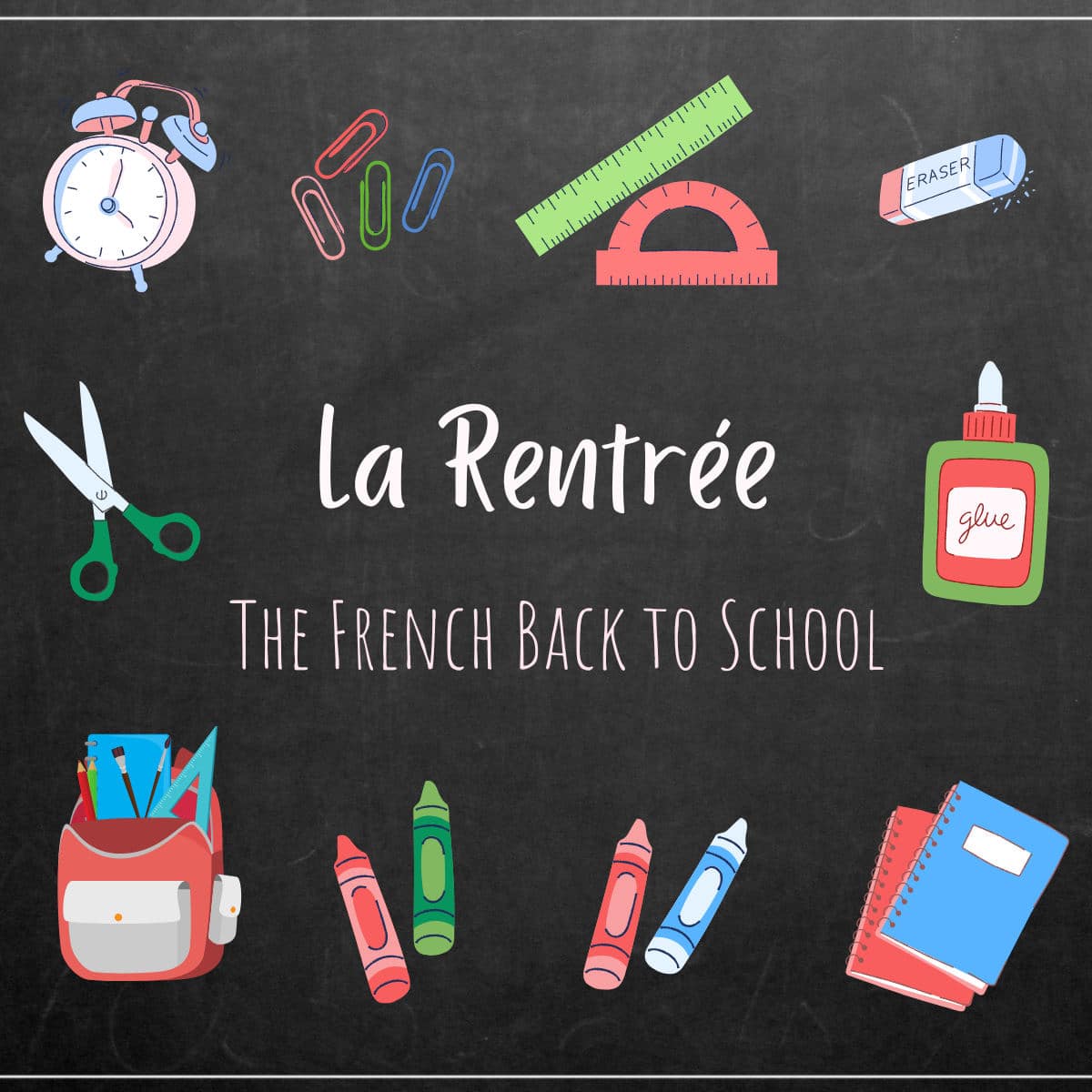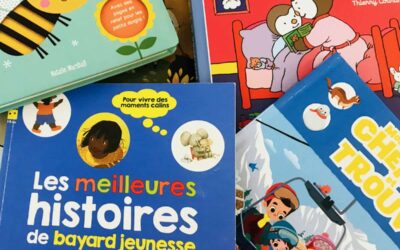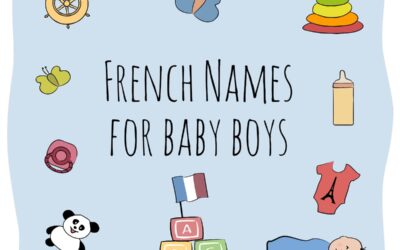It is nearly September, which means hold on to your chapeau, La Rentrée is here! More than simply “Back to school”, la rentrée is an event. And by that I mean for kids, their parents, and even for adults who don’t have children.
C’est la rentrée!
In France, life revolves around the rhythm of the calendar. The country switches into different gears at different times of the year. Schools in France end around the 1st week of July, and kids put their books away and head south to visit their grandparents (there are special trains arranged just for this!)
The adults who suddenly find their daily schedule lightened with the kids away, now shift into 2nd gear. The mood is catching, and even non-parents get into the spirit of long apéros and a general laissez-faire attitude.
The leisurely hot days of July and August (without airconditioning) mean that it is soon time to cool off at the beach, go on holiday, and generally ignore that to-do-list. French adults have anywhere from 6-10 weeks holiday a year, so it is easy to take off a few weeks in the summer.
After all that holidaying, la rentrée is the occasion for everyone to snap back to attention, and shift that motor into 4th gear. And the first sign that it is time to snap back into action is that dreaded list that comes from your kids’ school: la liste de fournitures scolaires.
French “Back to School” Supplies List
Nothing says “rentrée scolaire” like getting a list of stationery supplies from your child’s teacher, the week before school begins. The list is usually very long and elaborate, with particular types of pens, notebooks, etc.
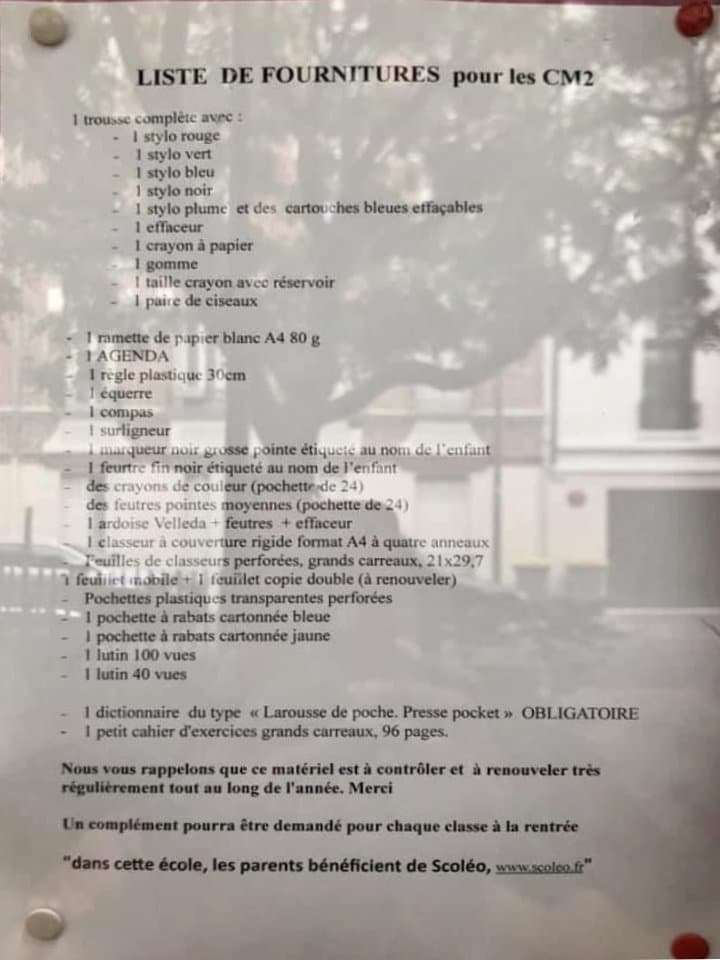
There is so much demand that there are several French stationery companies that collect the classroom lists and have them on their website, and will prepare a package and send it to time-pressed French parents (for a fee of course).
Now I should confess, my children are too young for all this (they get their stationery given to them by their school), so I compared lists from a few of my French friends.
Here is a sample example of a 10-year-old, entering 5th grade aka CM2. (It is not the best picture of the list, given the reflection, but it is authentic!)
Note: Education books are provided in class. Here are some of the top French Children’s books that are used in the classroom.
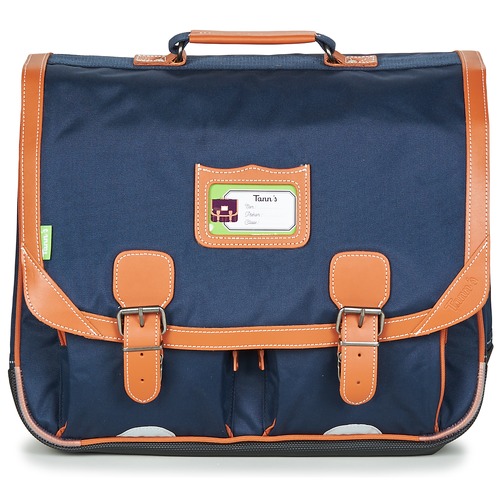
1. Backpack
First off, that backpack to carry everything in! Some teachers will precise what type of backpack they want, i.e. a satchet type backpack or a regular one. Backpacks with wheels are generally frowned upon, but it depends on the teacher.
| French Word | English Translation |
|---|---|
| une cartable | a satchel-type school bag |
| un sac à dos | a backpack |
The biggest name in cartables is the French brand Tann’s with their iconic satchel. This old-world style bag is still very popular, and many teachers in France ask for this type of backpack.
Since it has a wide opening, it makes it easy for small children to find what they are looking for. It comes in a variety of colors and designs, but keeping the same classic form that French grandparents will remember from their school days. You can buy a Tann’s backpack here.
2. Pens and Pencils
It is not quite clear to this North-American why French students need 4 colors of pen to write with, but according to my French OH, this is perfectly normal.
| French Word | English Translation |
|---|---|
| un stylo rouge | a red pen |
| un stylo vert | a green pen |
| un stylo bleu | a blue pen |
| un stylo noir | a black pen (or 4-color pen) |
| un crayon à papier | a pencil |
| un stylo plume | an ink pen |
| les cartouches bleues effaçables | the refills for an erasable ink pen |
| un effaceur | an ink eraser |
It seems the teacher will give out instructions like “write the title in blue, and underline it in red”, or “this is a special term so write it in green”, etc. The French Slate magazine wrote an article about how 4-color Bic pens have become a prized asset in school, regularly subject to theft and bullies (link in French).
Along with those pens, French children also learn to write in cursive, so on the back to school stationary list are also ink pens, cartridges, and ink erasers.
These ink erasers are not liquid paper (white ink) as we use in North America, but a chemical pen that reacts with that special erasable ink in order to turn it transparent. I’m not convinced white liquid paper is not better, but to each his own!
3. Coloring
Primary school kids still need to have some fun, so markers and color pencils it is:
| French Word | English Translation |
|---|---|
| les crayons (pochette de 24) | coloring pencils (set of 24) |
| Les feutres (pochette de 24) | coloring markers (set of 24) |
| surligner | a highlighter |
| marqueur noir grosse étiqueté au nom de l’enfant | a thick black marker with your child’s name on it |
| feurtre fin noir | a thin black marker |
| une ardoise Velleda + feutres + effaceur | small erasable whiteboard, with markers and eraser |
The whiteboard is an interesting one because it is not for coloring exactly, as much as it is for diagrams and quiz-answer type days.
4. Binders, Notebooks, and Folders
Special pens for writing different things unequivocally leads to special types of paper, binders, folders, and plastic pockets for every occasion. All these items were on the list of my friend’s 5th grader whose French school (photo above) shall remain nameless.
| French Word | English Translation |
|---|---|
| chemises à rabats format 21×29 | small envelope style binders, size 21×29.7 (also sometimes called “pochette à rabats”) |
| classeur à couverture rigide format A4 à 4 anneaux | A4 binder with 4 rings |
| feuilles de classeurs perforées, grand carreaux, 21×29.7 | thin-rectangle-lined paper with prepunched holes, size 21×29.7 |
| feuillet copie double | double-holed paper |
| pochettes plastiques transparentes perforées | transparent pockets |
| lutin de 100 vues | a type of flexible binder with pockets |
| petit cahier d’exercises grands carreaux 96 pages. | small exercise notebook with large squares, 96 pages. |
5. The Geometry Set
Interestingly, there isn’t one word to say “geometry set” in French. It is broken down into each of the following:
| French Word | English Translation |
|---|---|
| une règle (ni métaillique, ni flexible) | a ruler (non-metalic, non-flexible) |
| une équerre | a right triangle ruler |
| un compas | a compass |
6. Other Stationary
And let’s not forget all the other bits and bobs that French kids need to go to school:
| French Word | English Translation |
|---|---|
| une trousse | a pencil case |
| la gomme | an eraser |
| un taille crayon avec resevoir | pencil sharpener with receptacle |
| un paire de ciseaux | a pair of scissors |
| un ramette de papier blanc A4 (80g) | A4 paper ream, pack of 80g |
| un agenda | an agenda |
| une dictionnaire “Larousse de poche” | a Pocket Larousse dictionary |
| un tube de colle | a stick of glue |
| une boîte de mouchoirs | a tissue paperbox |
As the list says, be prepared to “renew” these item regularly during the year and buy more stuff as needed.
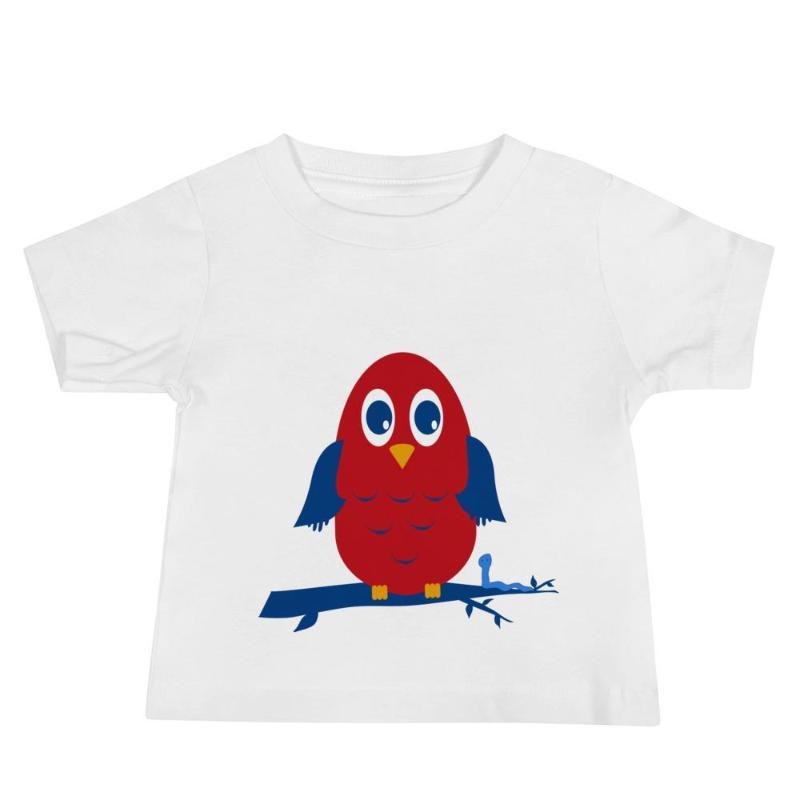
L’allocation de Rentrée Scolaire
If you are wondering how French parents can afford all this every year, it is because the French government has it covered. We often hear stories of North American teachers who dip into their own pockets to buy supplies for their students.
As noble as this is, the CAF (a govt. agency) has a better solution for families in France. L’allocation de rentrée scolaire is a cash payment made every August to aid all underprivileged kids, to buy school supplies.
☞ READ MORE: The interesting benefits large families get in France
The aide starts at age 6, which is typically the year that kids enter primary school (after maternelle, the french version of kindergarten). It is based on the parents’ income, and is usually around €500-600 per child and received right before the start of the school year.
So with that, most teachers don’t hold back on the number of items that they require their students to arrive with. Typically French children with their newly minted backpacks and stationery supplies head to school on their first day, ready to conquer the world!
La Rentrée Song
There is even a song that all maternelle kids learn in school, for the rentrée, which goes something like this:
| French Rentrée Song | English Translation |
|---|---|
| (Refrain) C’est la rentrée des classes Toute l’école est en fête C’est la rentrée des classes Pour tous les enfants c’est la fête | (Refrain) It’s back to school The whole school is celebrating It’s back to school For all the children it’s a party |
| Dans le préau de l’école On s’amuse et on rigole On retrouve ses copains Et tous ceux qu’on aime bien | In the schoolyard We have fun and we laugh We find our friends And all those we like |
| Refrain | Refrain |
| La maitresse est très jolie Elle sourit tout le temps Et console les petits Qui réclament leur maman | The mistress is very pretty She smiles all the time And console the little ones Who claim their mom |
| Refrain | Refrain |
| On va jouer et chanter Dessiner et colorier Mais aussi apprendre à lire À compter et à écrire | We will play and sing Draw and color But also learn to read To count and write |
| Refrain | Refrain |
The 4th verse is not quite with the times, assuming that the teacher is a woman, but I suppose it is the thought that counts.
Also note the “petits” in that verse, meaning little ones, which refers to the “petite section” i.e. the first year of maternelle (pre-school). In that year, the kids are as young as 2.8 to 3 years old!
You can hear this find more popular French nursery rhymes and songs for kids here.
First day of School
This year, as in every year, the first day of school is September 1st. (Labor day in France is called May Day and is obviously in May, not September, so there is no conflict.)
Parents of young children (up to the end of elementary school) are usually entitled to the day off from work, as negotiated between their union and their employers. Yet another reason to look forward to la rentrée!

So do you have all your stationary gear for “Back to School”? If you enjoyed that article, you may enjoy reading more about the French education system here. A bientôt and bon chance!
